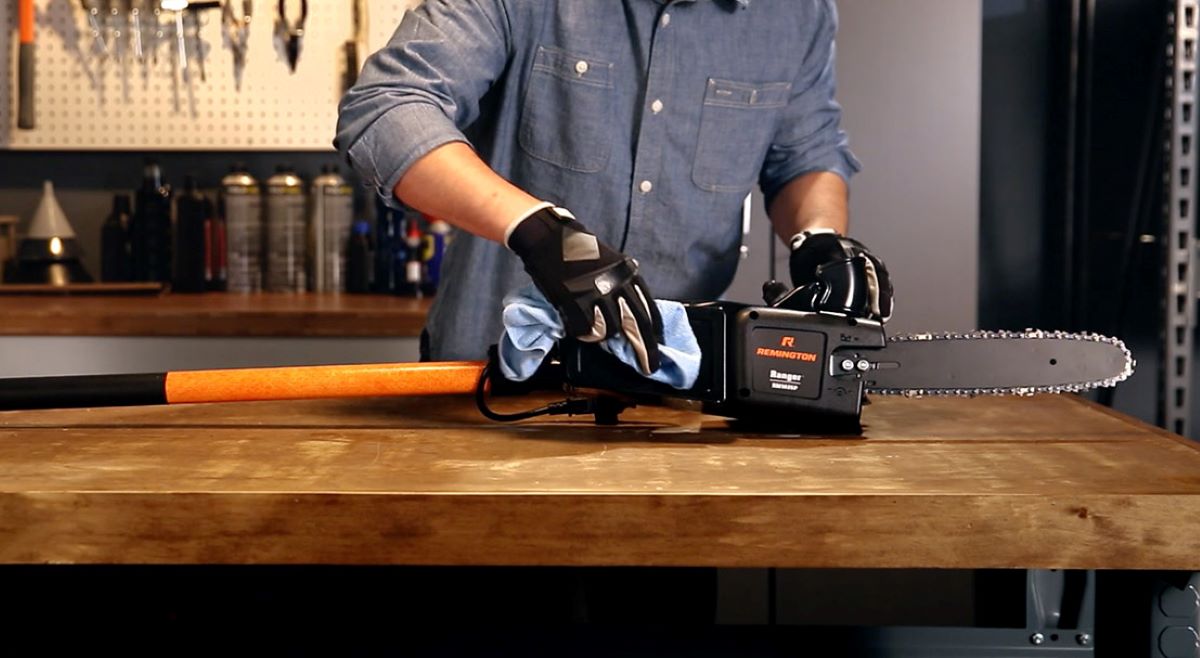

Articles
How To Store A Pole Saw
Modified: December 7, 2023
Learn the best ways to store your pole saw and keep it in great condition with these helpful articles. Find tips and tricks for proper storage and maintenance.
(Many of the links in this article redirect to a specific reviewed product. Your purchase of these products through affiliate links helps to generate commission for Storables.com, at no extra cost. Learn more)
Introduction
Storing a pole saw properly is essential to maintain its longevity and ensure its effectiveness when you need it. Whether you are a professional landscaper or a homeowner who occasionally uses a pole saw for pruning or trimming trees, proper storage is key to keeping your tool in optimal condition.
In this guide, we will walk you through the steps of storing a pole saw to protect it from damage and ensure its functionality for years to come. From choosing the right storage location to properly wrapping and securing the blade, we will cover all the necessary steps to help you store your pole saw with confidence.
So, let’s dive in and learn how to store a pole saw effectively and efficiently!
Key Takeaways:
- Proper storage, cleaning, and maintenance are essential for preserving the longevity and effectiveness of a pole saw. Choosing the right storage location, securing the blade, and regular maintenance ensure optimal performance and safety.
- By following the proper steps for storing a pole saw, including cleaning, disassembling, securing, and wrapping the tool, you can protect your investment and ensure its readiness for future use. Regular maintenance and inspection further enhance its longevity and efficiency.
Read more: How To Store Pole Saw
Choosing the Right Storage Location
When it comes to storing a pole saw, selecting the right storage location is crucial. The ideal storage spot should offer protection from extreme temperatures, moisture, and direct sunlight, which can all cause damage to the tool.
Consider storing your pole saw in a shed, garage, or any other enclosed area that provides shelter from the elements. If you don’t have access to an indoor space, you can utilize a waterproof cover or tarp to shield your pole saw from rain, snow, and UV rays.
Additionally, it’s important to choose a location that is easily accessible and safe. Make sure the storage area is well-organized, allowing you to quickly locate the pole saw when needed. Keep the tool away from children and pets to prevent any accidents or injuries.
By choosing the right storage location, you can protect your pole saw from the elements and ensure its longevity.
Cleaning and Disassembling the Pole Saw
Prior to storing your pole saw, it’s crucial to clean and disassemble the tool properly. This not only helps in maintaining its functionality, but also prevents the buildup of debris and rust.
Start by removing any debris, such as branches or leaves, from the blade and the pole. Use a brush or a cloth to gently scrub away any dirt or sawdust that may have accumulated during use. Pay special attention to the crevices and hard-to-reach areas.
Next, examine the blade for any signs of damage or wear. If you notice any chips or dull spots, it’s a good idea to sharpen the blade or replace it if necessary. A sharp blade ensures efficient and clean cuts, while a dull blade can be unsafe and less effective.
After cleaning the blade, detach it from the pole according to the manufacturer’s instructions. This will make storing the pole saw easier and prevent any accidental damage. Clean the pole separately, removing any dirt or grease that may have accumulated on it.
Inspect the pole saw’s handle and ensure it is free of any dirt or moisture. Wipe it down with a clean, dry cloth to remove any residue. If the handle has a grip or cushion, make sure it’s in good condition and not worn out.
By properly cleaning and disassembling your pole saw, you can maintain its performance and prevent any damage during storage.
Securing the Pole Saw Blade
Once you have cleaned and disassembled your pole saw, it’s important to properly secure the blade to prevent any accidents or damage. The blade is the most crucial part of the tool, so taking the necessary precautions is essential.
Start by examining the blade for any sharp edges or protruding parts. If there are any, use a blade cover or a sturdy sheath to protect yourself and others from accidental cuts. Make sure the cover fits securely and doesn’t easily come off.
Next, carefully place the blade in a safe and secure location. Avoid placing it near other tools or objects that may cause damage. If possible, store the blade in its original packaging or in a dedicated blade cover designed for storage.
If you are using a sheath or cover, ensure that it fully encloses the blade and provides a snug fit. This will prevent the blade from shifting or falling out during storage.
Remember to position the blade in a way that minimizes any potential contact with other parts of the pole saw or surrounding objects. This will further reduce the risk of accidental damage.
By securely and properly securing the pole saw blade, you can prevent injuries and prolong the life of your tool.
When storing a pole saw, make sure to clean and dry the blade thoroughly to prevent rust. Store it in a dry, well-ventilated area to avoid moisture buildup. Consider using a blade cover for added protection.
Wrapping the Pole Saw
In addition to securing the blade, wrapping the pole saw is another important step to protect it from scratches, dust, and moisture during storage. Proper wrapping ensures that the pole saw remains in optimal condition and is ready for use when needed.
Start by using a soft cloth or towel to clean the pole and handle once again, removing any remaining debris or moisture. This ensures that no dirt or moisture is trapped when wrapping the tool.
Next, choose a protective material for wrapping the pole saw, such as bubble wrap or foam padding. These materials provide cushioning and prevent any accidental damage or scratches that may occur during storage.
Begin wrapping the pole saw by starting from the blade end and working your way towards the handle. Wrap the protective material tightly but not too tightly, ensuring that it covers the entire length of the pole.
Secure the wrapping material with tape or Velcro straps to keep it in place. Make sure the wrapping is secure but not overly tight, as excessive pressure may cause damage to the pole saw.
For added protection, consider placing the wrapped pole saw in a storage bag or a durable plastic container to shield it from dust and moisture. This will further safeguard the tool, especially if you are storing it in a damp environment.
By properly wrapping the pole saw, you can minimize the risk of scratches or damage and keep it in excellent condition for future use.
Read more: How To Put Chain Back On Ryobi Pole Saw
Storing the Pole Saw Properly
Now that you have cleaned, disassembled, secured, and wrapped your pole saw, it’s time to store it properly. The way you store your pole saw can greatly impact its longevity and overall performance.
Firstly, ensure that the storage location you have chosen provides a stable and level surface. This will prevent the pole saw from accidentally falling or being knocked over, which could result in damage to the tool or surrounding objects.
If you have opted to store the pole saw in a shed or garage, consider installing wall mounts or hooks specifically designed for hanging garden tools. This will keep your pole saw neatly organized and easily accessible.
If wall mounting is not an option, you can store the pole saw upright in a corner of the storage area. Use a sturdy storage rack or construct a DIY stand to keep the pole saw upright and stable.
When storing the pole saw in an outdoor space, make sure to protect it from the elements. Place the tool in a weather-resistant storage box or cover it with a durable waterproof tarp. This will shield the pole saw from rain, snow, and other harsh weather conditions.
Lastly, keep the pole saw away from any chemicals or corrosive substances that may cause damage. Store it in a separate area to avoid any accidental contact that could result in deterioration or compromise the tool’s functionality.
By ensuring proper storage conditions, you can preserve your pole saw and extend its lifespan, allowing you to enjoy its benefits for years to come.
Regular Maintenance and Inspection
In addition to proper storage, regular maintenance and inspection are key to keeping your pole saw in optimal condition. By following a maintenance routine, you can identify and address any issues early on, preventing further damage and ensuring the tool’s effectiveness.
Firstly, it’s important to regularly check the blade for any signs of wear, damage, or dullness. If you notice any issues, promptly sharpen or replace the blade to maintain its cutting efficiency. A sharp blade not only ensures clean cuts but also reduces the strain on the motor or engine of the pole saw.
Inspect the pole saw’s handle and grip for any signs of wear or damage. Tighten any loose screws or bolts and replace any worn-out or damaged parts. A secure and comfortable handle is essential for safe and efficient operation.
Additionally, regularly lubricate any moving parts of the pole saw, such as the chain or gears, as specified by the manufacturer. Proper lubrication reduces friction, enhances performance, and prevents premature wear and tear.
Check the pole saw’s power source, whether it’s a battery or fuel tank, to ensure it is adequately charged or filled. Follow the manufacturer’s instructions for proper battery maintenance or fuel storage to maximize its longevity.
Periodically clean and inspect the pole saw’s air filters, if applicable. A clogged or dirty air filter can hinder the tool’s performance and cause engine issues. Clean or replace the air filters regularly to maintain optimal airflow.
Lastly, always refer to the manufacturer’s manual for specific maintenance guidelines and recommended intervals for regular maintenance tasks. Following these guidelines will ensure that your pole saw remains in excellent working condition and performs at its best.
By practicing regular maintenance and inspection, you can catch any potential issues early on and prolong the lifespan of your pole saw, enhancing its efficiency and overall performance.
Conclusion
Storing a pole saw properly is essential to maintain its longevity and ensure its effectiveness when you need it. By following the steps outlined in this guide, you can store your pole saw with confidence, knowing that it is protected from damage and ready for use.
Choosing the right storage location, cleaning and disassembling the pole saw, securing the blade, wrapping the tool, and storing it properly are all important steps to ensure that your pole saw remains in optimal condition. Remember to also perform regular maintenance and inspections to address any issues and keep your pole saw performing at its best.
Proper storage not only protects your investment but also ensures that your pole saw is safe to use and performs efficiently. By taking care of your pole saw, you can enjoy the benefits of a well-maintained tool and achieve excellent results in your landscaping or tree-trimming tasks.
So, follow these guidelines, store your pole saw with care, and enjoy the convenience and reliability of a properly maintained tool when you need it most. Happy sawing!
Frequently Asked Questions about How To Store A Pole Saw
Was this page helpful?
At Storables.com, we guarantee accurate and reliable information. Our content, validated by Expert Board Contributors, is crafted following stringent Editorial Policies. We're committed to providing you with well-researched, expert-backed insights for all your informational needs.
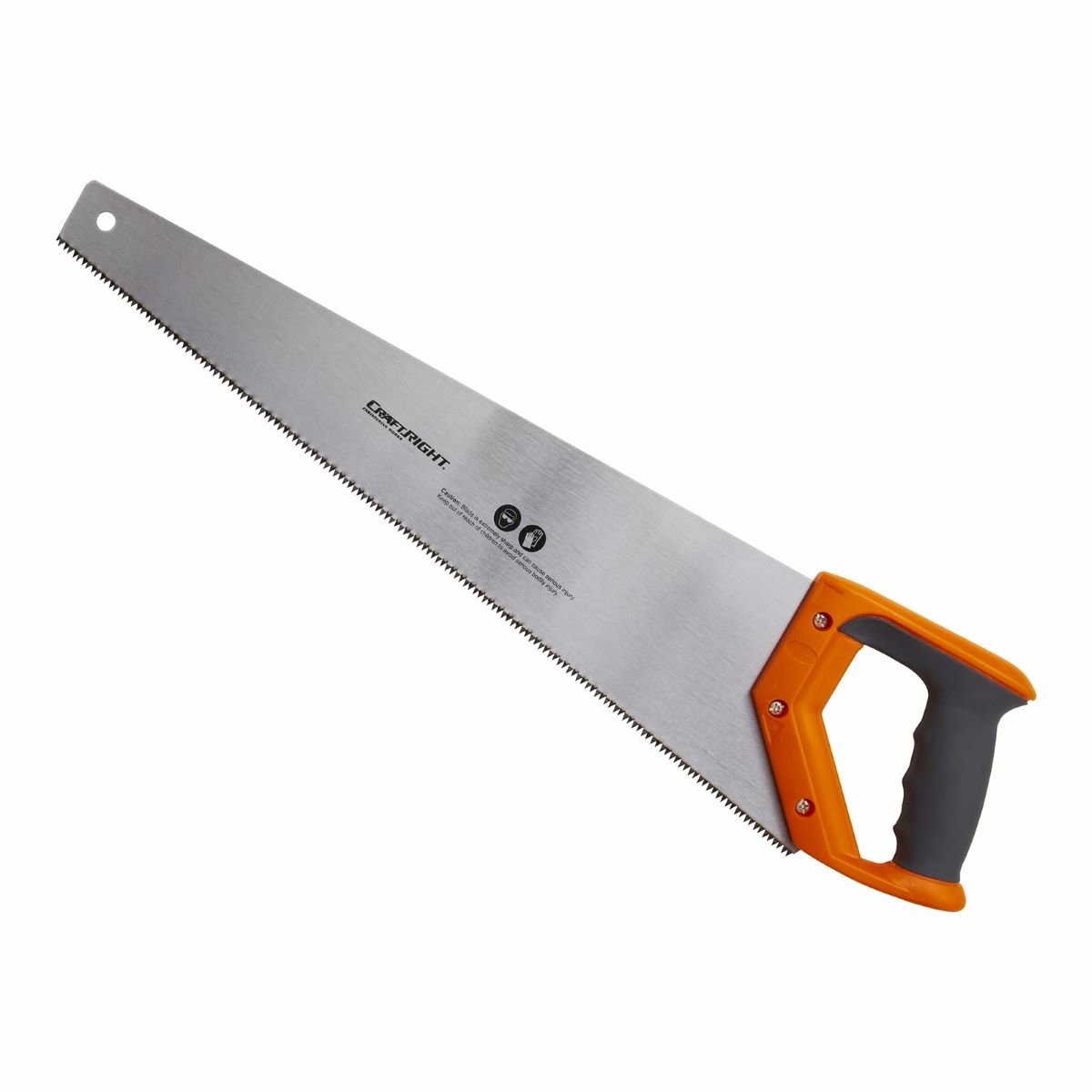
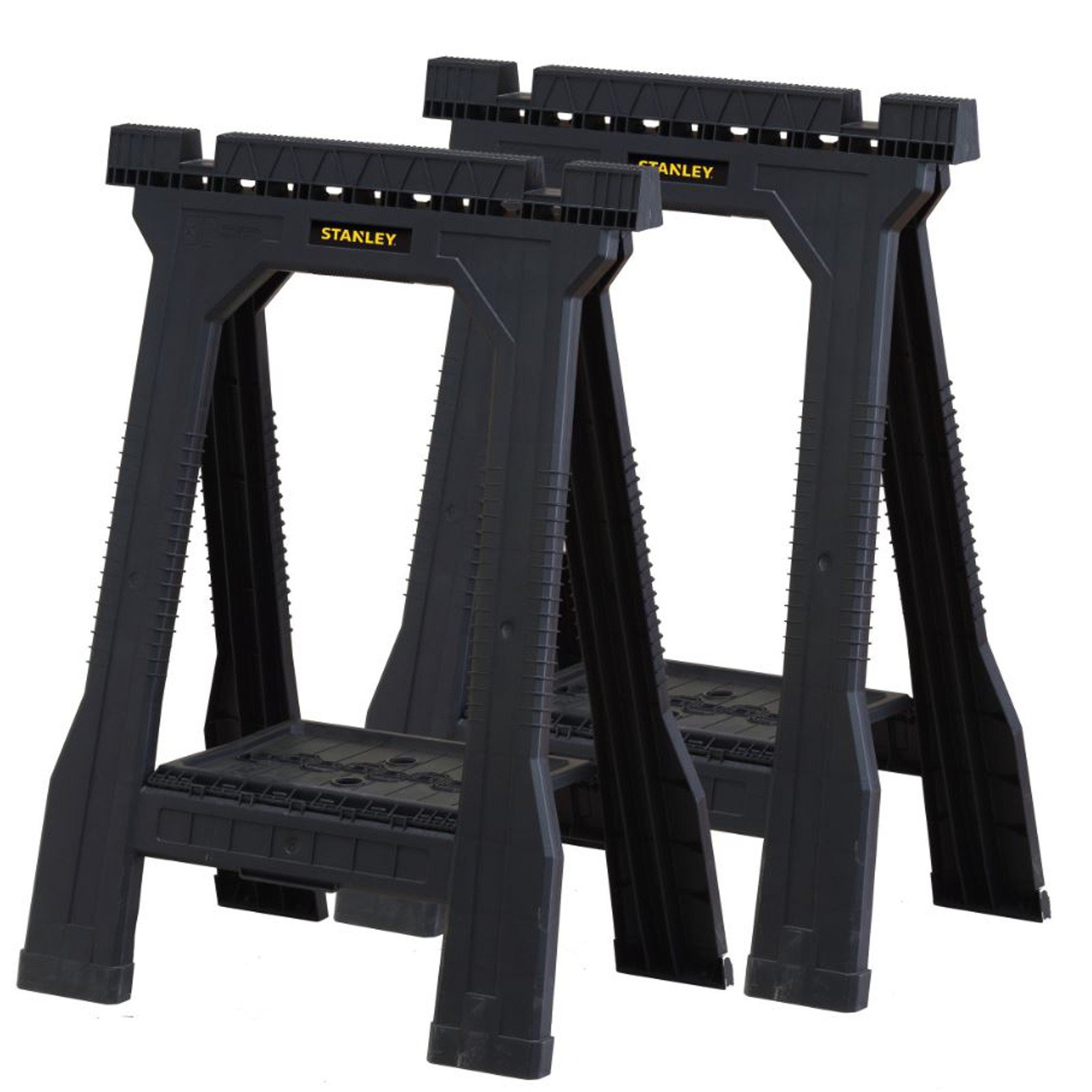

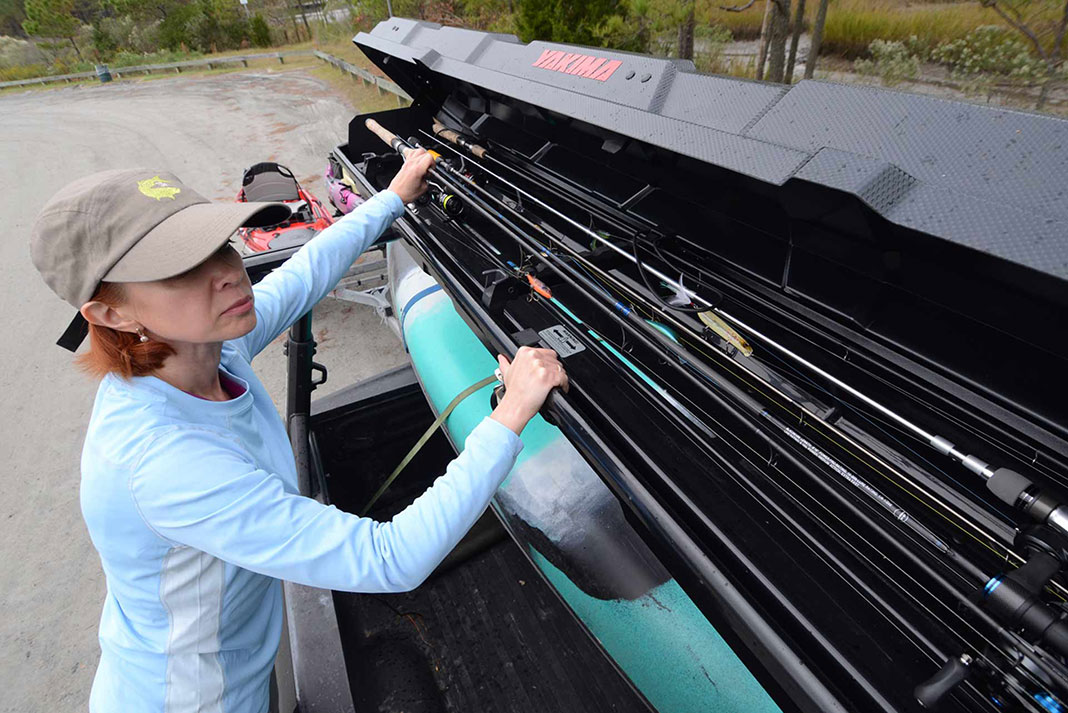
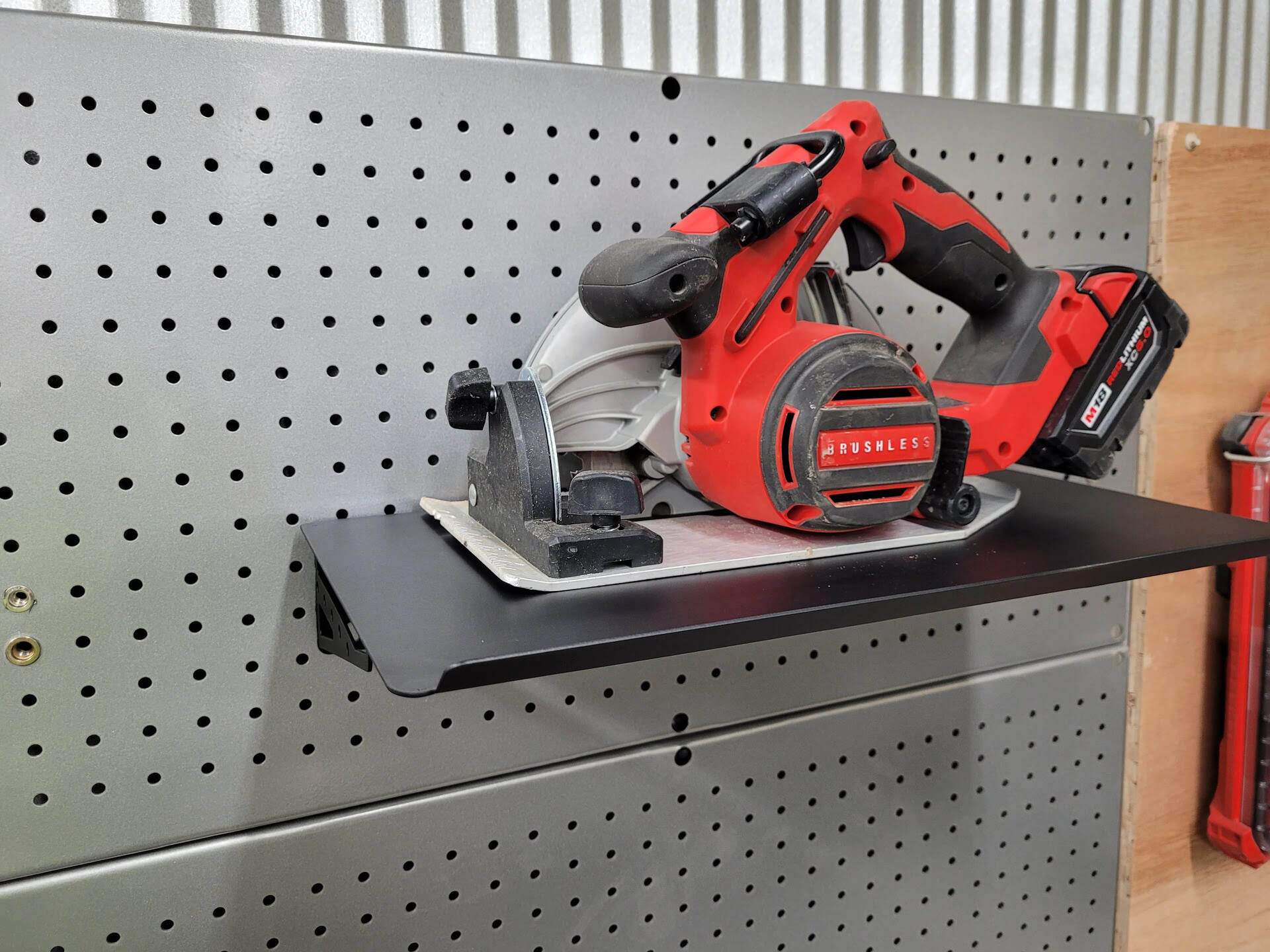
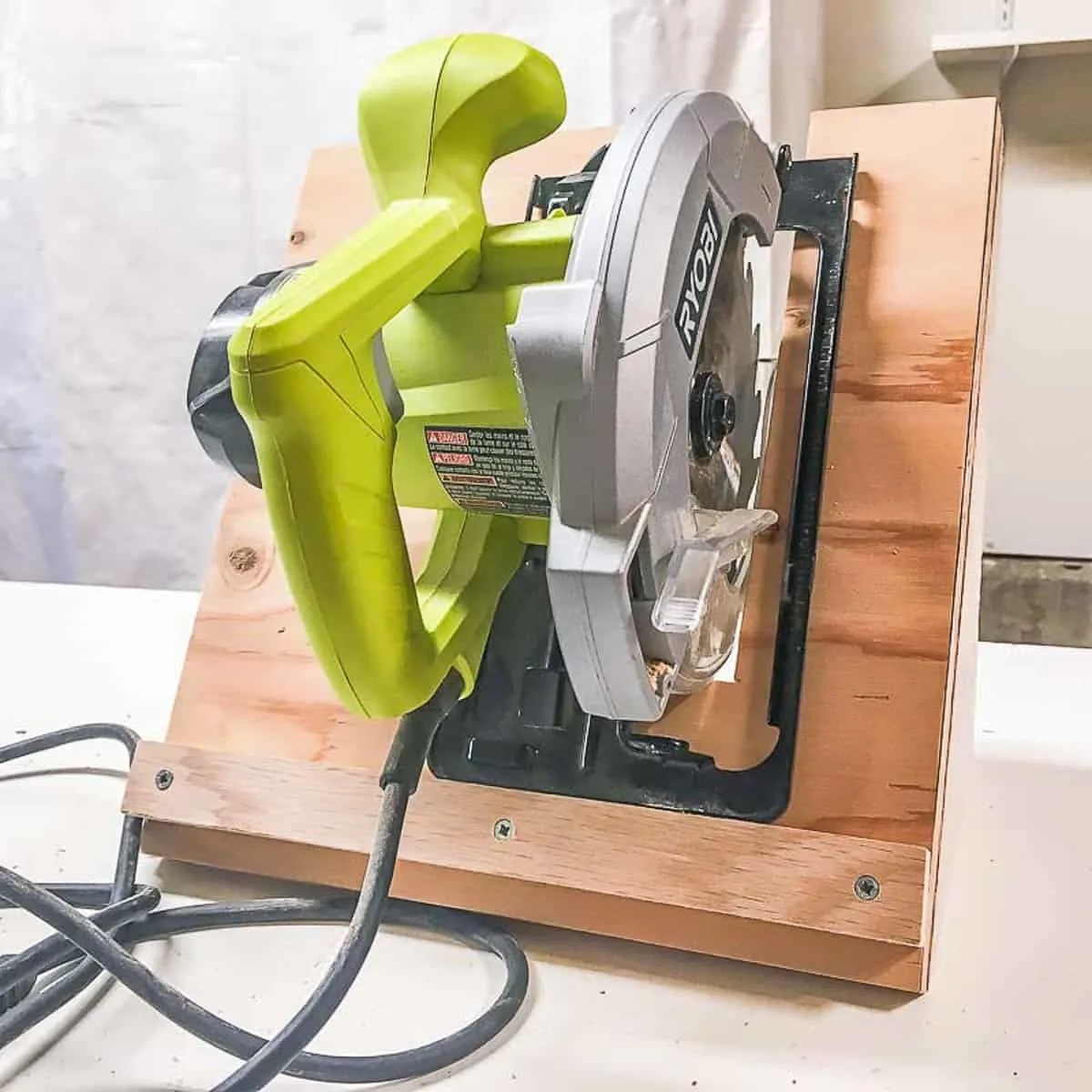
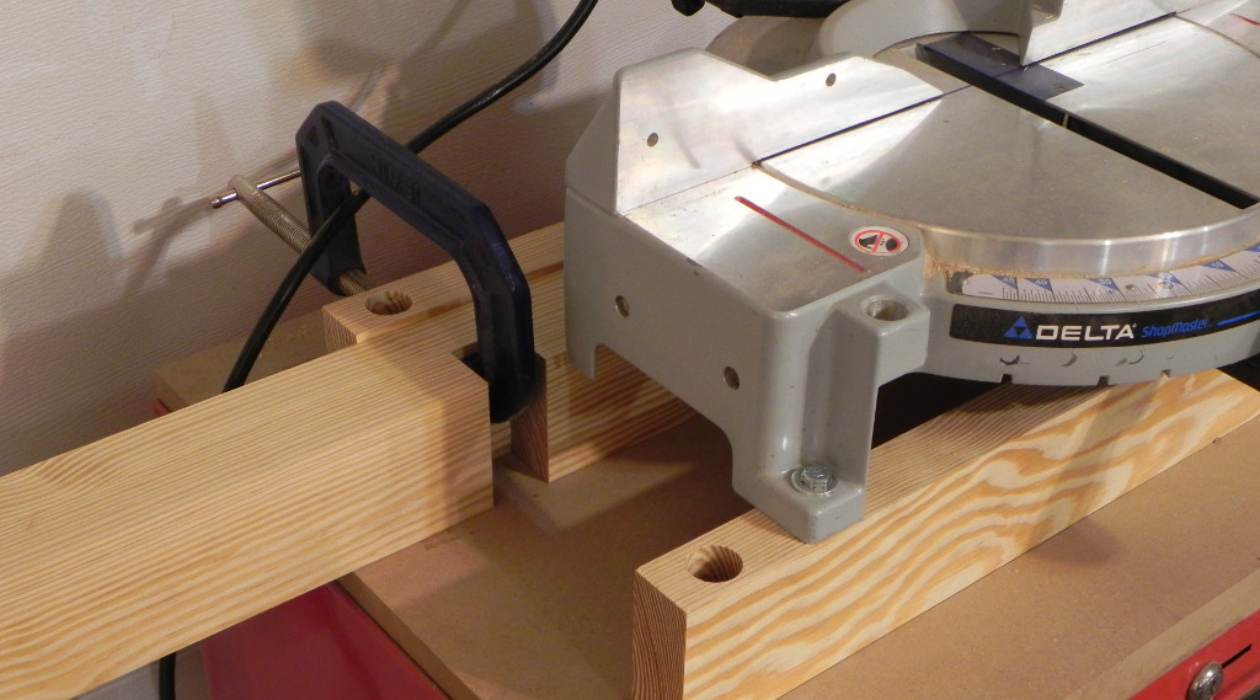
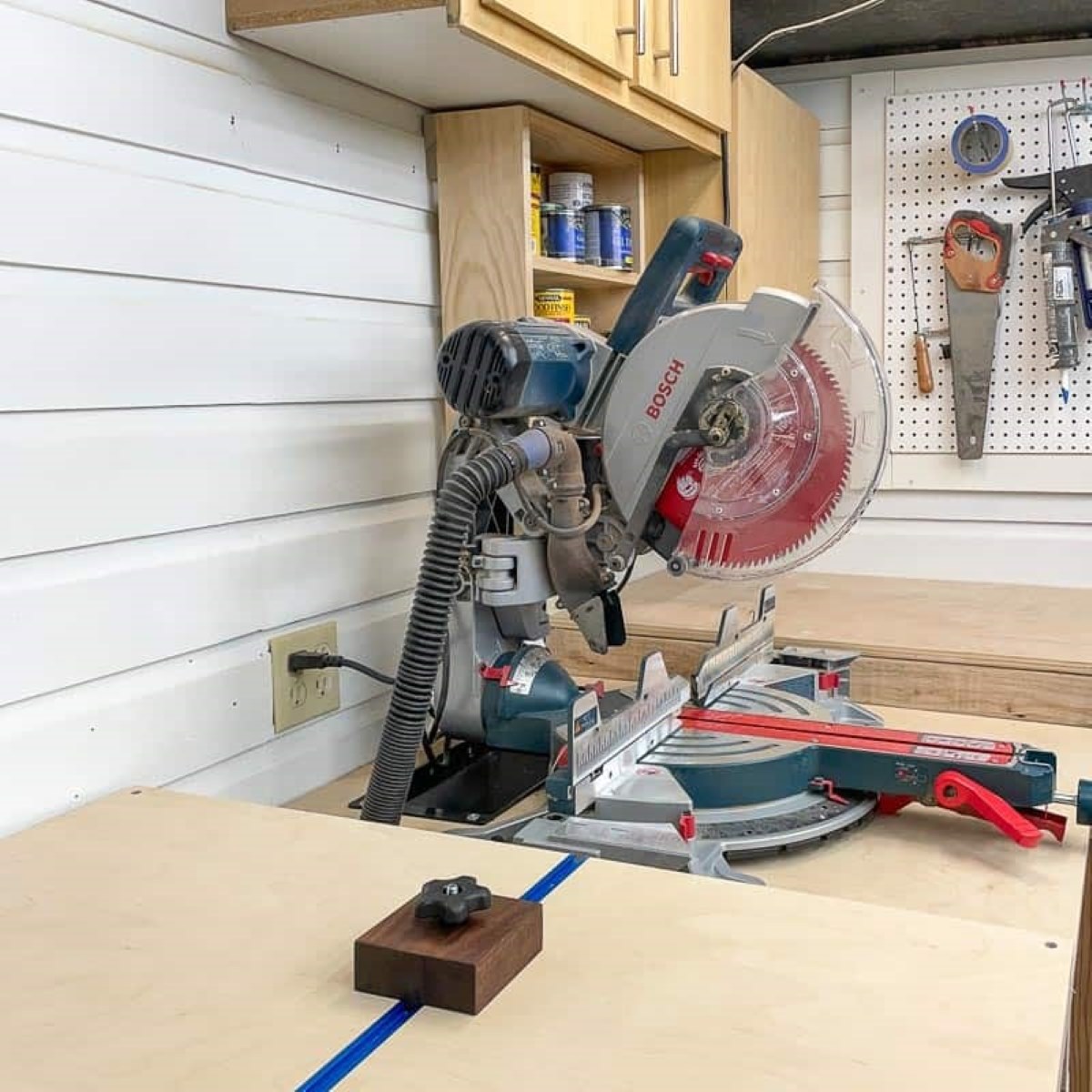
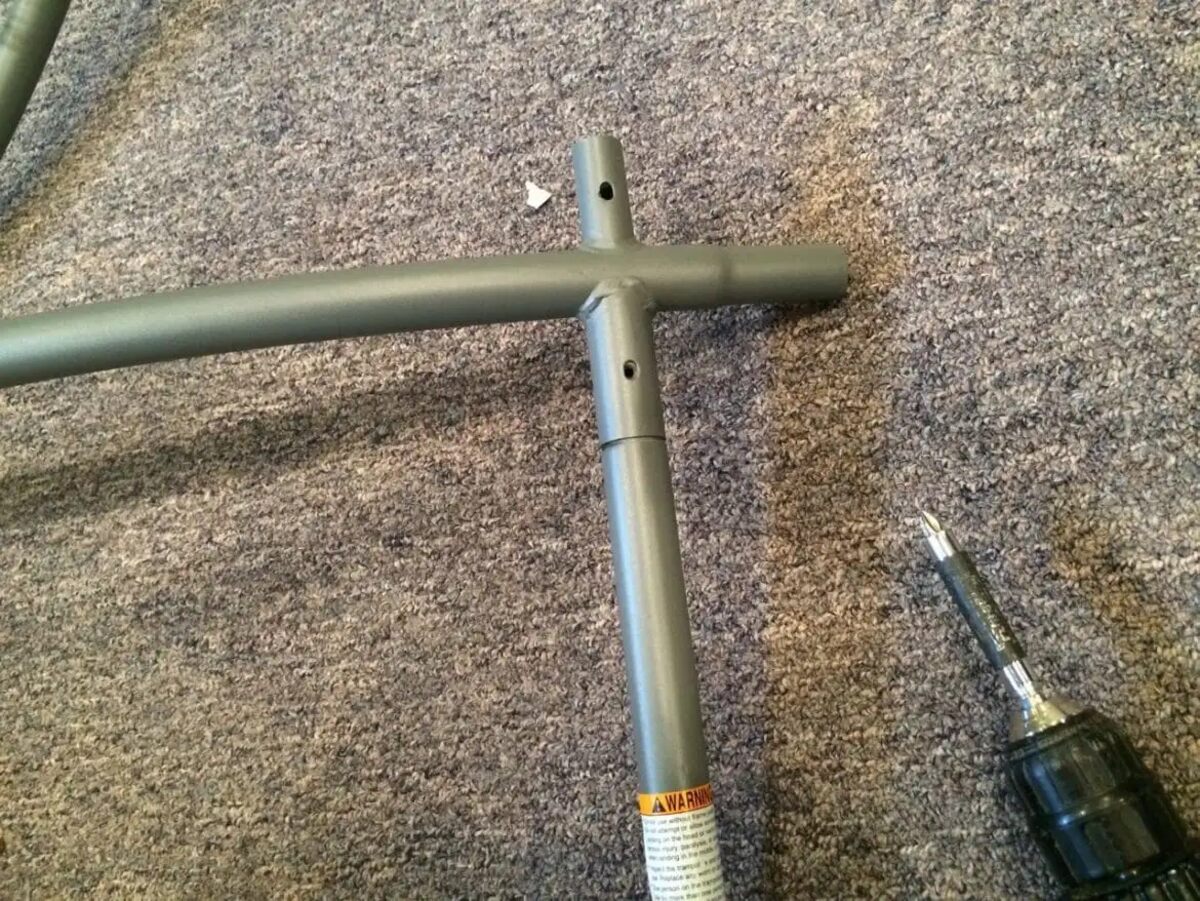
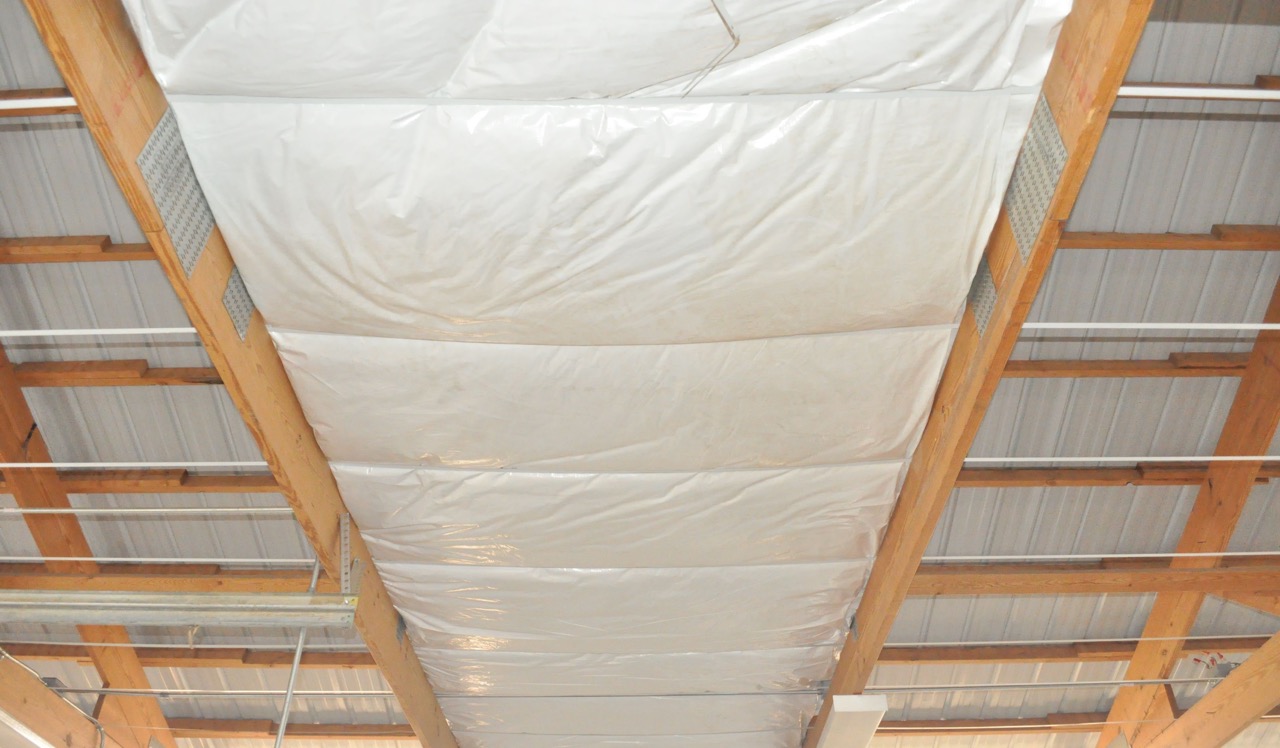

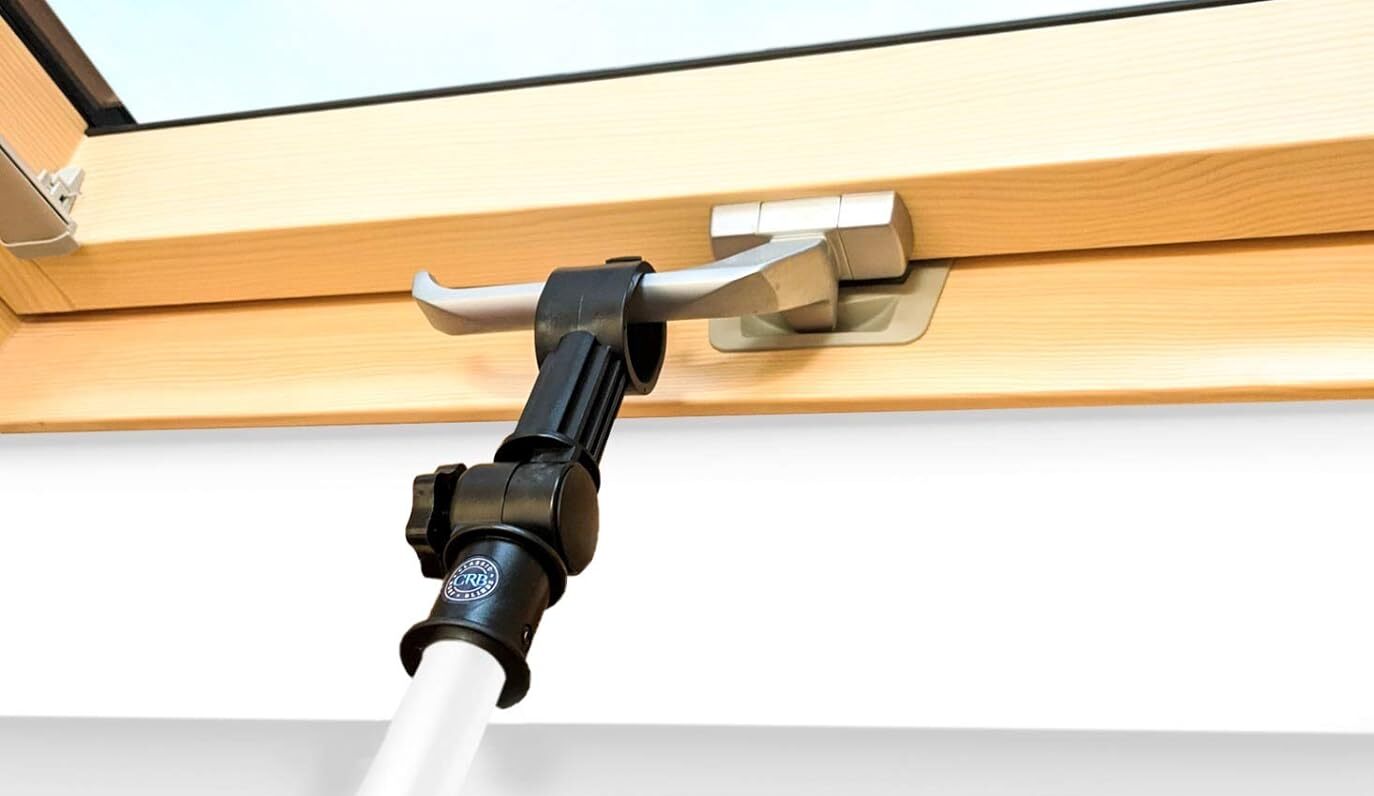
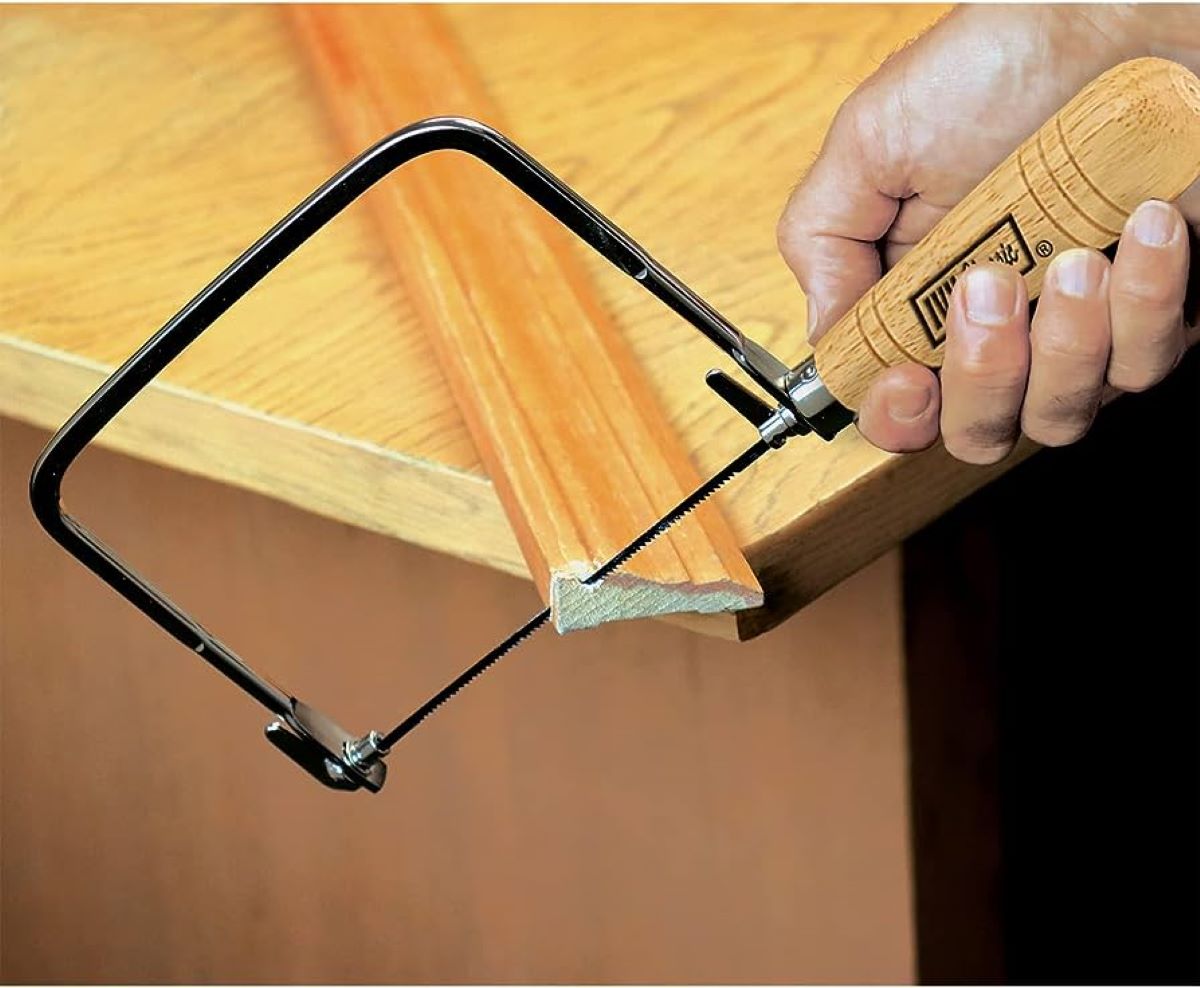
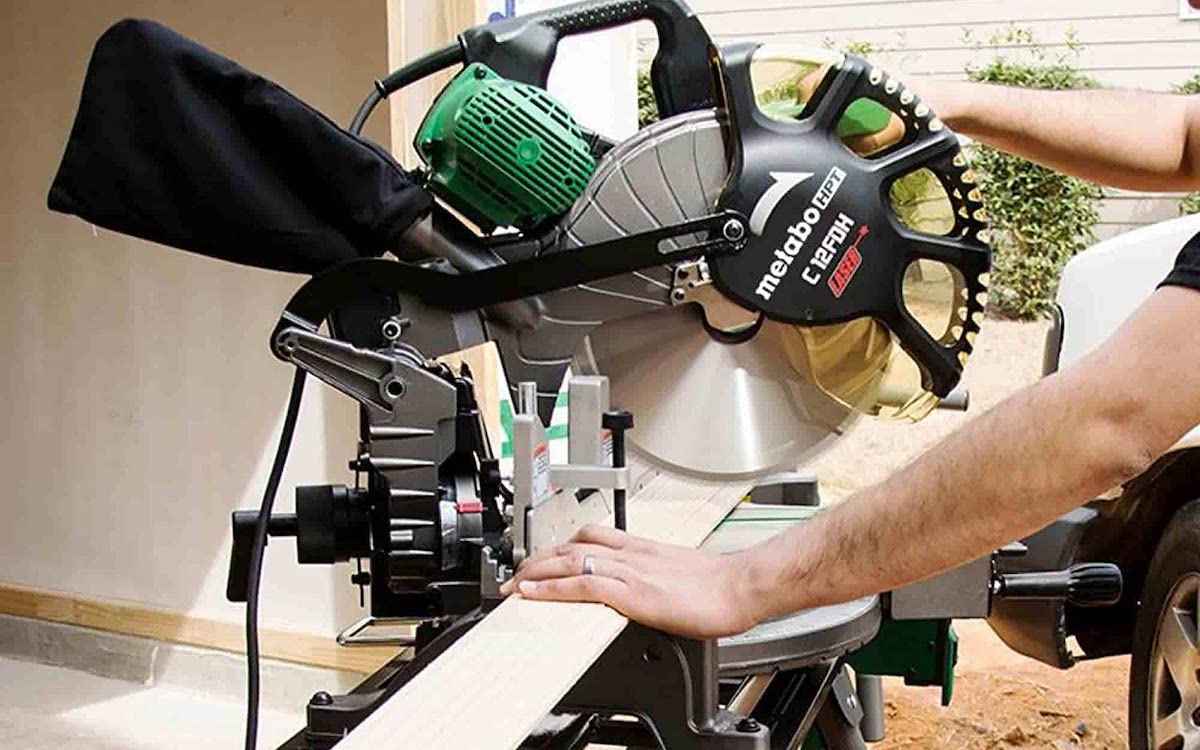

0 thoughts on “How To Store A Pole Saw”